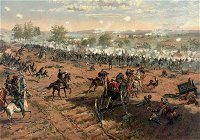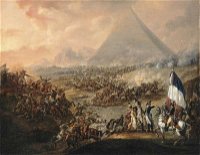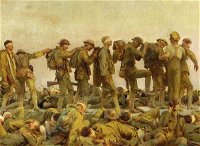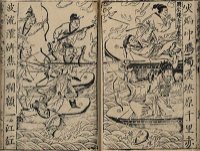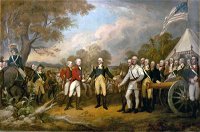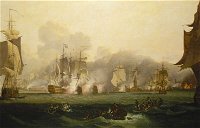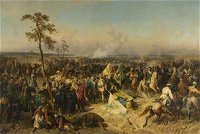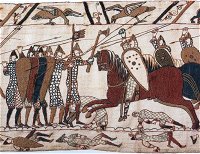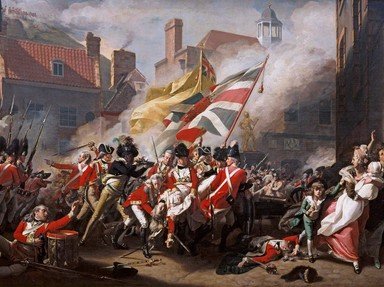
The Art of War: War Paintings Trivia Quiz
Match the battle to one of the twelve paintings in this photo match quiz. It is HIGHLY recommended that you click on the images to get a closer look and find clues that can help you!
by trident.
Estimated time: 3 mins.
- Home
- »
- Quizzes
- »
- Humanities Trivia
- »
- Art
- »
- Art By Subject

